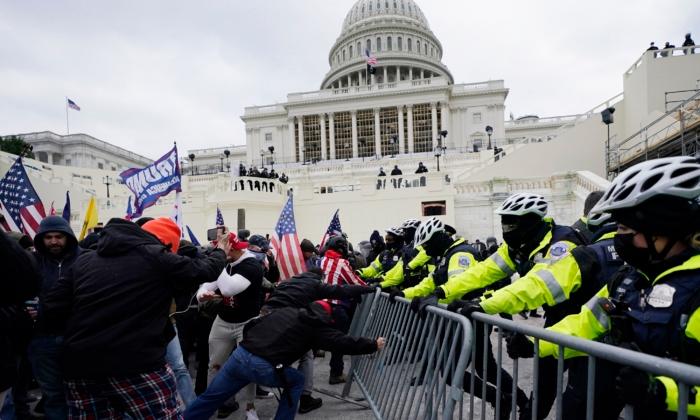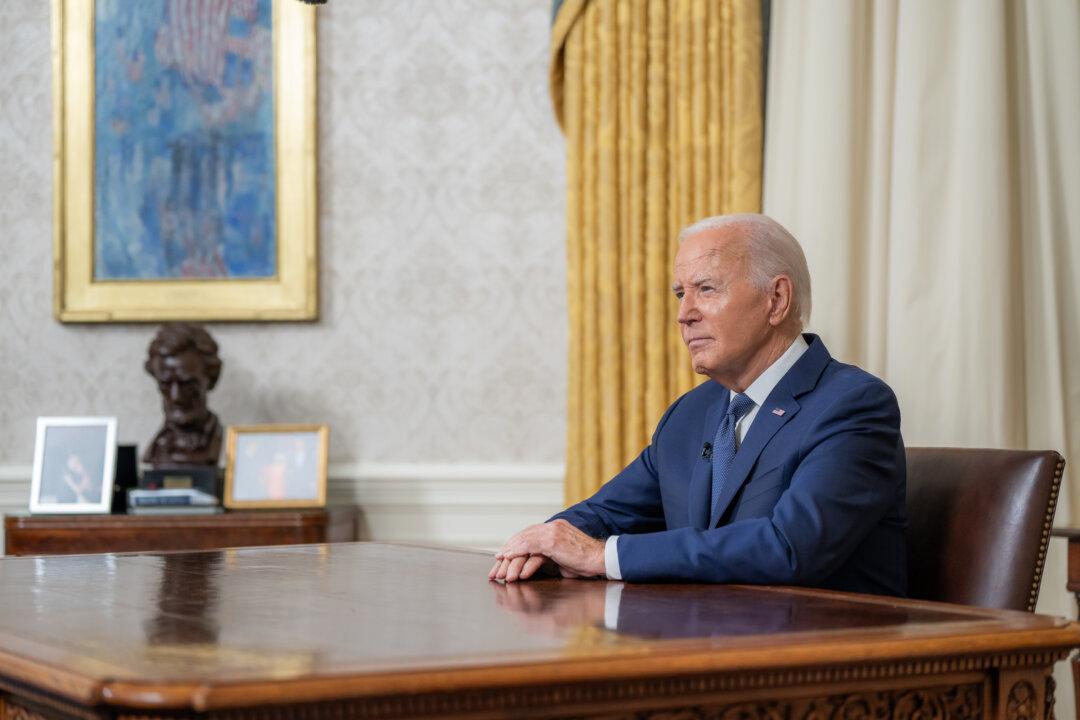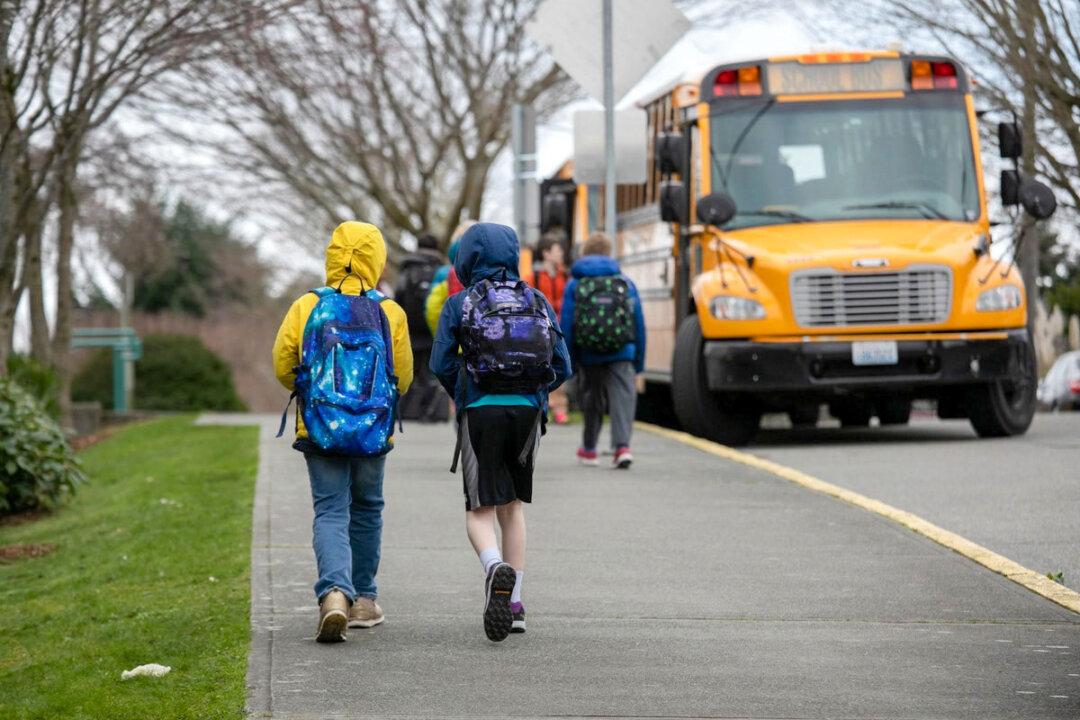Many in the political and media establishment have cast the Jan. 6 riot at the U.S. Capitol as one of the darkest episodes in American history, comparing an episode in which one person was slain (a protester shot by police) to 9/11, Pearl Harbor, the Civil War, and the British sacking of the capital city in 1814. Seizing on the gravity of a mob trying to interfere with the process of recording Electoral College votes after a presidential election, Democrats impeached Donald Trump over the Jan. 6 breach and put him on trial in the Senate. Democrats have also spearheaded a congressional investigation—one focused on the former president—that will likely stretch into next election season.
Republicans, Trump supporters, and others see a double standard at play in Democrats’ emphasis on Jan. 6. They note that many Democrats cheered nationwide protests and some even put up bail after the May 2020 murder of George Floyd, a black man, by a white police officer—prolonged unrest that generated far more death and destruction. They argue that groups associated with the summer’s violence, such as Black Lives Matter and Antifa, themselves aim to subvert democracy, and acted accordingly in targeting cops, public offices, and private businesses.
The electorate itself is divided, but doesn’t necessarily view this issue as an either/or choice. Polling shows that a large majority of Americans support the idea of examining the causes of both the 2020 summer riots in America’s cities and the Jan. 6 riot at the Capitol.
It is clear, then, that many Americans see two sides to this story. In keeping with its mission to fill gaps in press coverage, RealClearInvestigations is launching a running compendium of data, with hyperlinked sourcing, comparing the damage done on Jan. 6, and the subsequent treatment of those accused of perpetrating it, with two other recent events: the summer 2020 riots and—in some ways a closer analogy—the all-but-forgotten riot in Washington on Inauguration Day 2017, as protesters challenged Donald Trump’s election and legitimacy much as Jan. 6 rioters challenged Joe Biden’s.
- The summer 2020 riots resulted in some 15 times more injured police officers, 30 times as many arrests, and estimated damages in dollar terms up to 1,300 times more costly than those of the Capitol riot. George Floyd rioters were found to have used more sophisticated and dangerous tactics than did the Capitol rioters, and in some cases weapons of greater lethality.
- Authorities have pursued the largely Trump-supporting Capitol rioters with substantially more vigor than suspected wrongdoers in the earlier two cases. Many accused Capitol rioters, unlike accused participants in the other riots, have been held in pretrial detention for months—with one defendant serving more time than the maximum sentence for the charge to which he pleaded guilty. Some allegedly endured solitary confinement and other mistreatment.
- With authorities applying lenient prosecutorial standards in many major cities torn by the summer riots, the vast majority of charges last year were dismissed, as were charges in the Inauguration 2017 unrest. Charges have to date been dropped in only a single Capitol riot case.





